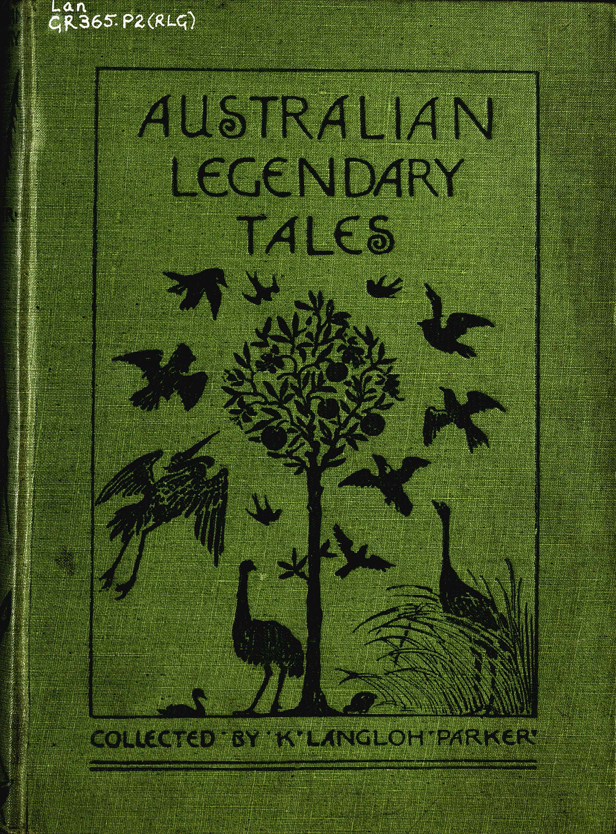African tales
There is a rich, fertile legacy of folklore from Africa. On this vast
continent, folk tales and myths serve as a means of handing down traditions and
customs from one generation to the next. The storytelling tradition has thrived
for generations because of the absence of printed material. Folk tales prepare
young people for life, as there are many lessons to be learned from the tales.
Because of the history of this large continent, which includes the forceful
transplanting of the people into slavery on other continents, many of the same
folk tales exist in North America, South America, and the West Indies. These
are told with little variation, for the tales were spread by word of mouth and
were kept among the African population. In addition to the folk tales, there
are myths, legends, many proverbs, tongue twisters, and riddles. In the African
folk tales, the stories reflect the culture where animals abound; consequently,
the monkey, elephant, giraffe, lion, zebra, crocodile, and rhinoceros appear
frequently along with a wide variety of birds such as the ostrich, the
secretary bird, and the eagle. The animals and birds take on human
characteristics of greed, jealousy, honesty, loneliness, etc.
The Storyteller not only uses his
imagination through fantastic adventures which are able to capture the
audience, but he also uses them to develop a moral and promote a certain
behavior suggested by his customs. He also aims to keep the cultural heritage
of a certain tribe, including therefore their own moral, religious and social
values.
Officially the Storyteller is a man, sometimes a grandmother or
great-grandmother, in any case he must be old because the Storyteller must also
hold the wisdom accumulated over the experience of long years so to pass to
whoever is willing to listen and to hear.
Latin American tales
It builds an intense emotional climate in
which all the elements of the story converge to create the climax, and finally,
the falling action and conclusion.
The short story’s internal structure
determines the significance of the different elements, both technical and
artistic (themes, symbols, images), which distinguish its genre from other
narrative forms. Point of view is instrumental in the unfolding of the
narrative as it determines the climate in which the story takes place.
Due to the brevity of a short story, the
writer must make every word count. The introduction creates the interest for
the reader and the emotional tone of the narrative. The author sets the scene,
describes the atmosphere, determines the time, and gets the characters moving.
Asian tales.
Chinese storytelling has an unbroken history of more than a thousand
years. This professional art has survived in oral transmission to our present
time, and therefore offers a unique territory for research in oral tradition.
The profession is threatened by the modern society and the arrival of modern
media-technology, but this situation also offers new possibilities for
preserving the arts that are still alive today. The project investigates the
interplay between oral and written traditions in the Chinese popular culture
and the role of the new electronic media for this culture.
Australian tales
Australian folklore,
its traditions, customs and beliefs are based on both Indigenous and also
non-Indigenous people's knowledge and experience of history in Australia.
The Indigenous
Australians' knowledge base goes back tens of thousands of years. Indigenous
knowledge, law, and religion, which provide the basis of their folklore, are
rich in stories of the land, its animals and plants
Some Indigenous stories, like the bunyip -
man-eating animals that live in water-holes, swamps and creeks - have been
absorbed into wider Australian folklore and identity.
Some of Australia's folklore remembers the
relationship between Europeans and Aboriginal people and this is reflected in
Australian language and writing.




No hay comentarios:
Publicar un comentario